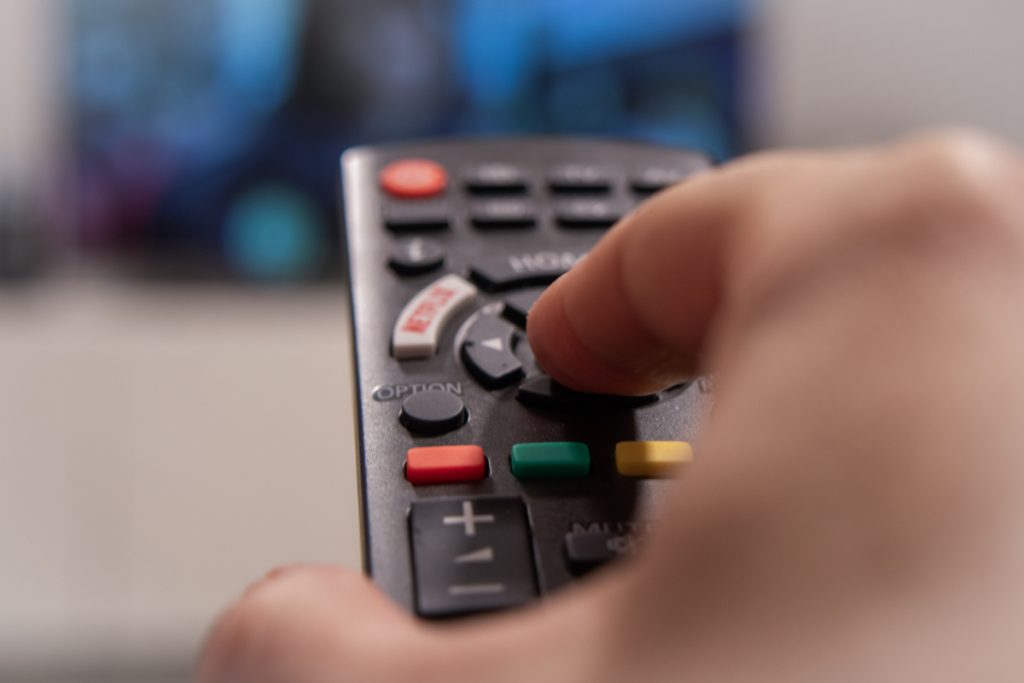What is pad printing?
- Is a printing process
- Uses a variety of materials and inks
- Offers many benefits for plastic parts
- Can be used on difficult products
What is pad printing? Chances are you’ve seen this service offered by a plastic injection molder and thought of this question before.
Have you turned on your TV with its remote? Typed an essay with your computer keyboard? Unlocked your car with a transponder key? All of these things have icons and symbols on their face that were put there using pad printing.
You may still be wondering: what is pad printing, and how does it work? Continue reading to learn all about it!
A Printing Process
Pad printing, also known as tampo printing and tampography, is a kind of printing process. Specifically, it is an indirect offset process that uses a silicon pad and printing plate. It can be used on all types of product shapes, such as curved, hollow, and other complex surfaces. It can also be applied to all kinds of textures and angles — the printing possibilities are endless.
In pad printing, a machine transfers a 2-dimensional image onto a 3-dimensional object. While there are subtle variations in the process depending on the machine, tools, and materials at hand, all pad printing goes through these basic steps:
- The image or symbols to be printed is etched onto a flat print plate.
- An inverted cup filled with ink is pressed against the print plate, flooding the etching with ink.
- The cup lifts and the etching is exposed to air, making the ink turn tacky.
- A smooth silicone pad is pressed against the inked area, transferring the ink from the print plate to the silicone pad.
- The pad then moves to the object to be printed on and presses into it.
- This deposits the image or symbols onto the contacted surface.
Uses A Variety Of Materials And Inks
A pad printing machine makes use of a variety of materials and inks to perform its service. This variety helps pad printing achieve any kind of design a client needs or requests. The following are the common materials and inks that are used in pad printing:
- Printing pad — the ink-transfer mechanism in the machine. It is used to “pick up” the image from an ink-filled etching. They are made with silicone and are available in many shapes and sizes (the most common being round and rectangular).
- Ink cup — used to apply ink to an etching. It slides across a print plate to deposit a small amount of ink in a process called “doctoring.” Ink cups contain a ring, which controls ink flow. This can be made from ceramic, metal, or plastic.
- Print plate — also known as a “cliche,” is etched with the image, symbols, letters, et cetera that are to be printed on an object. This can be made from two different processes: photopolymer and laser.
- Consumable materials — to complete the printing process, supplies like solvents, hardeners, and primers are used. A complex mixture of these three materials (and ink) is needed to make the print adhere to a surface permanently. The mixture depends on the application and adhesion requirements.
- Ink — one of the most important materials used in the process. A wide variety of ink colors are offered by pad printing services but may be subject to availability. Standard colors such as black and white are often always available. Each ink series is also specially developed for different materials, such as glass, plastic, and metal.
Offers Many Benefits For Plastic Parts
The process of pad printing is versatile and easy to apply to your products. With pad printing, you could print intricate designs on any surface, or add tiny, delicate lettering to your product. This can be done even on the curviest, most indented surfaces.
Because pad printing is so usable, it offers many benefits, such as:
- Applicable on almost any material regardless of texture.
- Cost-efficient and easy to operate, making it a realistic secondary service for many projects and companies.
- Provides crisp and high-quality printing — even on irregularly-shaped or large plastic parts.
- Offers an ideal way to personalize and customize products (even if your design is intricate).
- Designs can incorporate multiple colors, fonts, symbols, images, and more elements easily.
Can Be Used On Difficult Products
Pad printing is often used for difficult and complex products in many industries. In plastic injection molding, we recommend using pad printing services to finish specific product groups.
In pharmaceuticals, pad printing is used to add important instructions and indicators on items like medicine containers and coated tablets. In the medical industry, pad printing is used to print measurements and relevant information on devices like syringes, inhalers, insulin pens, catheters, and more.
For commercial goods like sports equipment or cosmetics, pad printing is used to decorate and color helmets, perfume bottles, sports gloves, lipstick holders, and the like. Beverage packaging also makes use of pad printing to create labels on bottle caps, corks, etc.
Key Takeaway
When it comes to plastic injection molded products, pad printing is a method flexible enough to adapt to a vast variety of textures, shapes, and designs. Pad printing allows many people to customize their plastic products to best fit their intended end-use as well as their company’s design and branding. of substrates and substances.
In need of such a service? Richfields, one of the leading plastic injection molding companies in the US, offers speedy and high-quality pad printing services. Message us today to learn more about our rates and how we can apply pad printing to your product. We also offer a wide variety of primary and secondary plastic injection services — click here to see!
